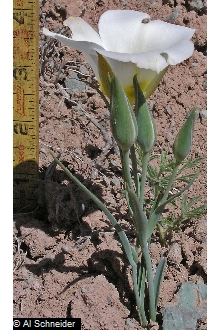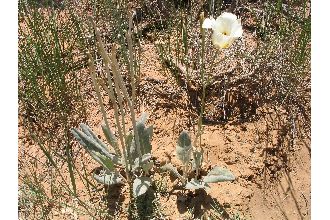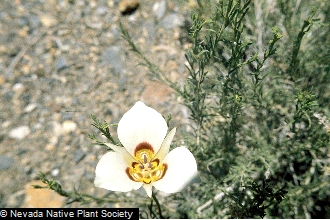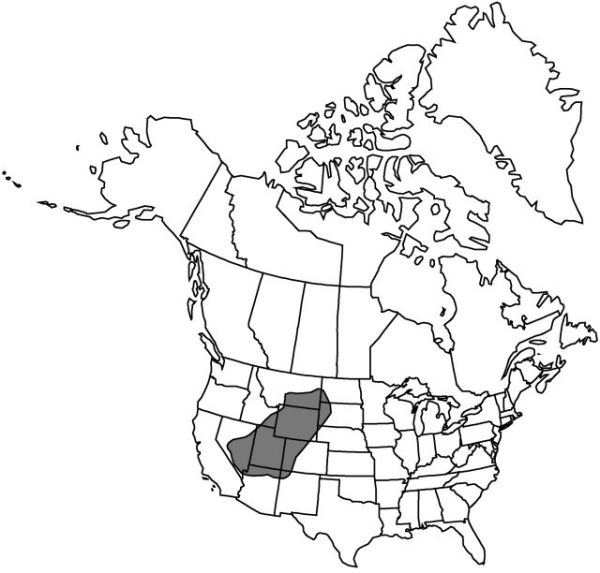Silvics of North America
Burns, R.M., and B.H. Honkala. 1990. Silvics of North America (Volume 1: Conifers, Volume 2: Hardwoods). USDA Forest Service Agricultural Handbook 654.
USDA Plants Database
USDA, NRCS. 2016. The PLANTS Database. National Plant Data Team, Greensboro, NC 27401-4901 USA.
USFS Plant Database
Habeck, R. J. 1992. In: Fire Effects Information System, [Online]. U.S. Department of Agriculture, Forest Service, Rocky Mountain Research Station, Fire Sciences Laboratory.
Flora of North America
Flora of North America Editorial Committee, eds. 1993+. Flora of North America North of Mexico. 19+ vols. New York and Oxford.
Burke Museum of Natural History and Culture
Burke Museum. 2016. Abies amabilis [Online]. University of Washington.



